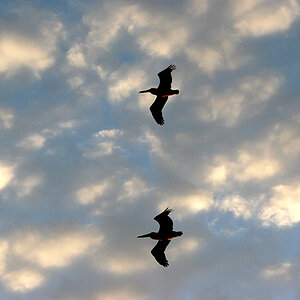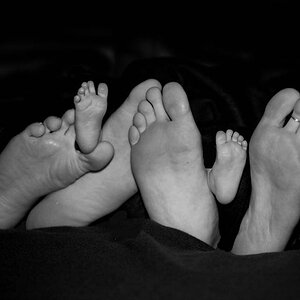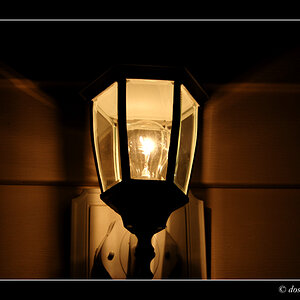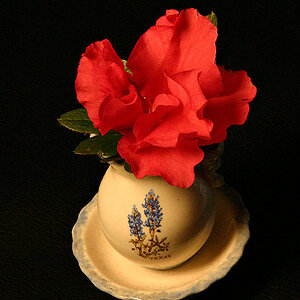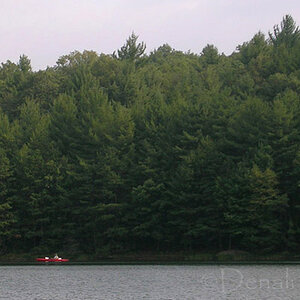ann
No longer a newbie, moving up!
- Joined
- May 14, 2007
- Messages
- 4,263
- Reaction score
- 189
- Can others edit my Photos
- Photos NOT OK to edit
it is understandable that these things are confusing, but think about what you just said. it is not the reverse smaller means less, wide open means more,.
when there is less light one needs more light and one method to create this is to use a wider opening (which equals a more open aperutre)
if there is a lot of bright light available one needs to control the amount and you would use a smaller aperture which will let in less light.
when there is less light one needs more light and one method to create this is to use a wider opening (which equals a more open aperutre)
if there is a lot of bright light available one needs to control the amount and you would use a smaller aperture which will let in less light.


![[No title]](/data/xfmg/thumbnail/35/35947-ab35bfc67d8e12ce65dda301d3bf2b66.jpg?1619737255)
![[No title]](/data/xfmg/thumbnail/42/42058-8597ac0f687fb4007aa3ca0210936f04.jpg?1619739994)
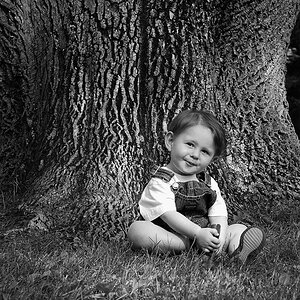
![[No title]](/data/xfmg/thumbnail/36/36659-4b8fd1b317df0e73ccfe5775494a6f5a.jpg?1619737675)
![[No title]](/data/xfmg/thumbnail/36/36654-55e621bd8f3203cdd106e3764c553c4d.jpg?1619737673)
![[No title]](/data/xfmg/thumbnail/42/42056-76026251cb5ebb85b4a4d281d36121d8.jpg?1619739992)
